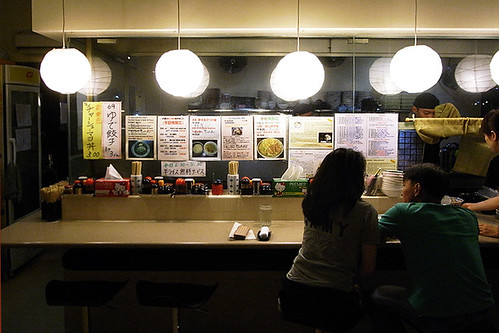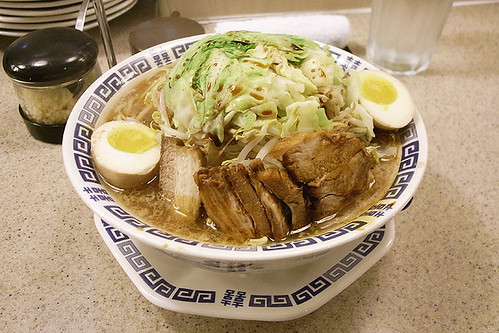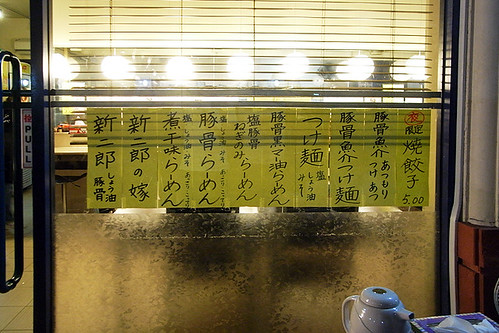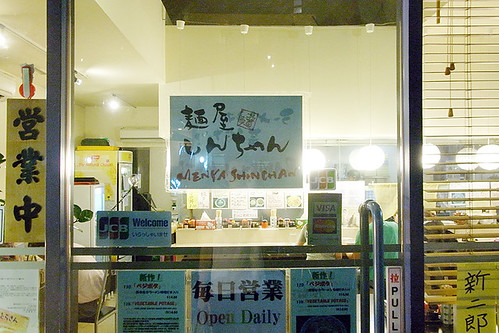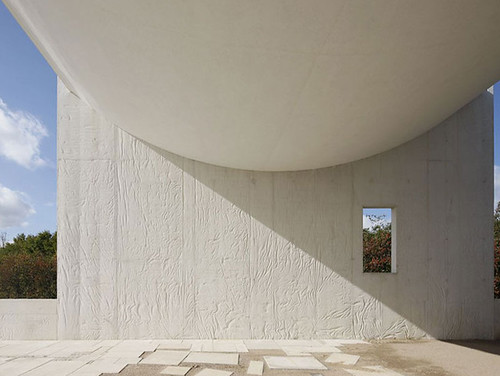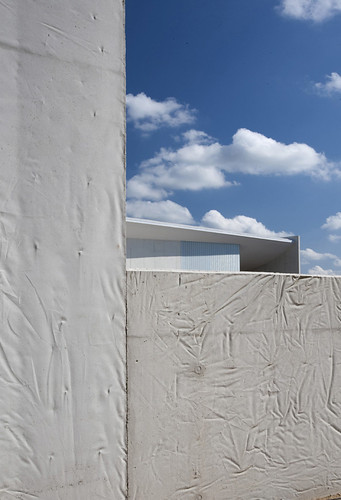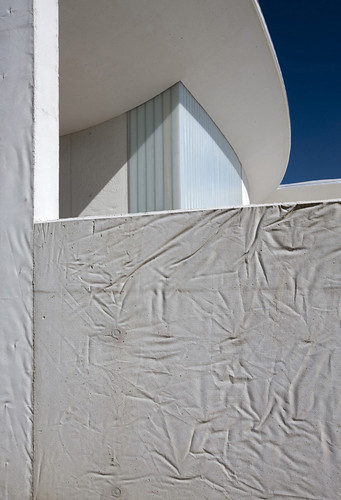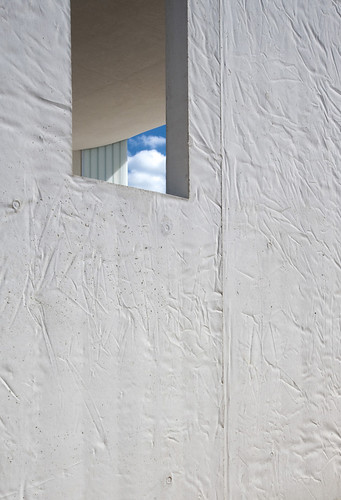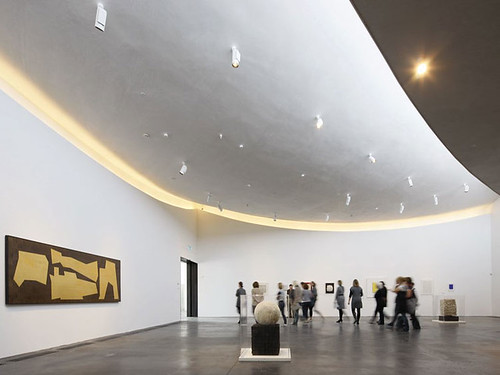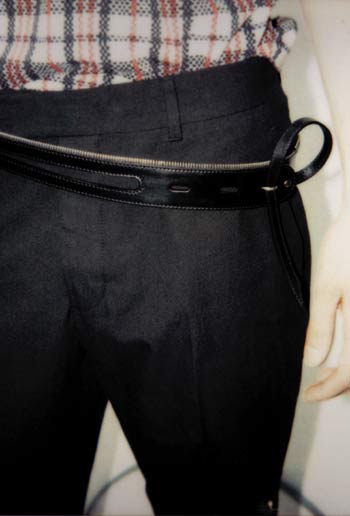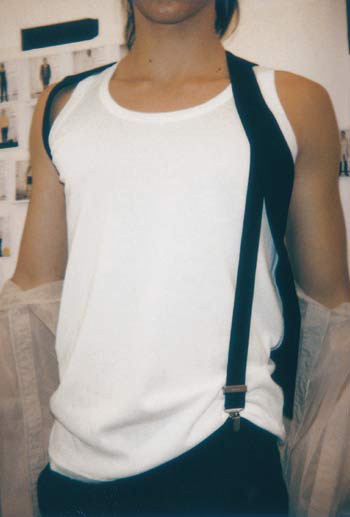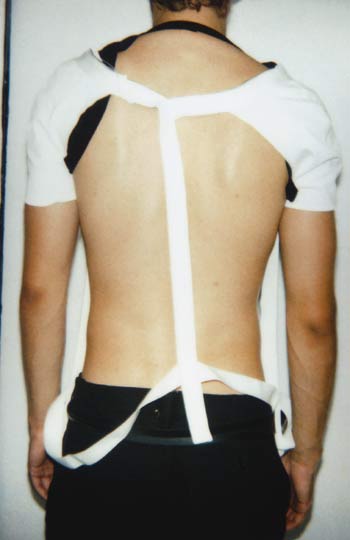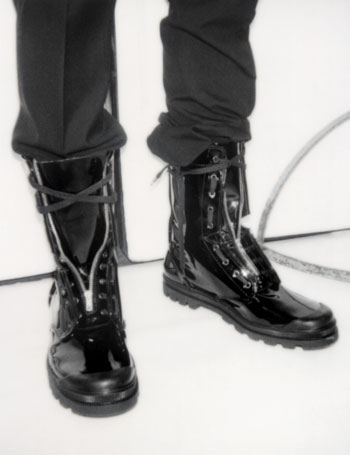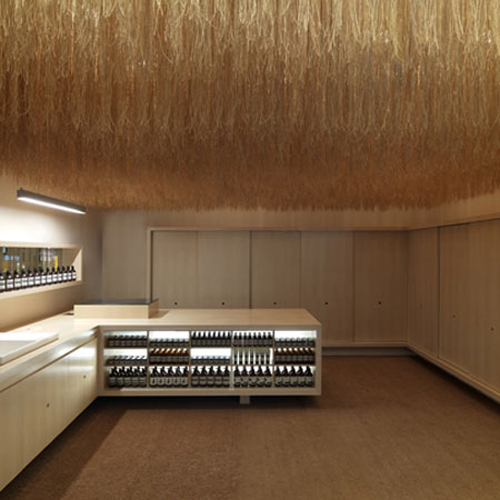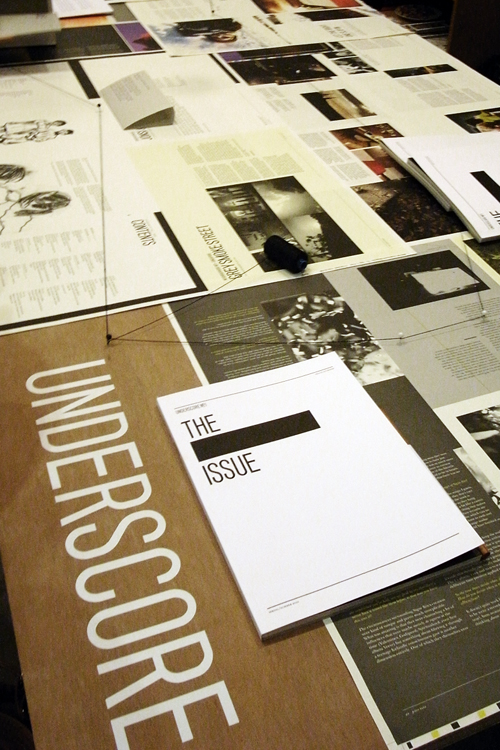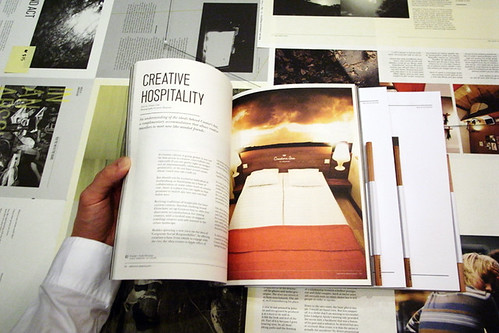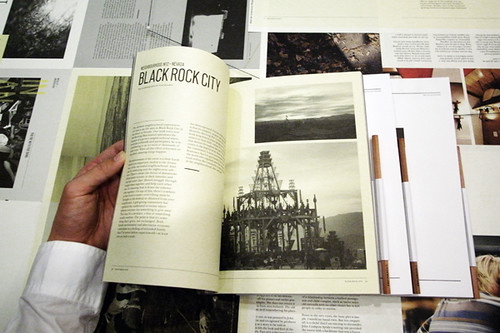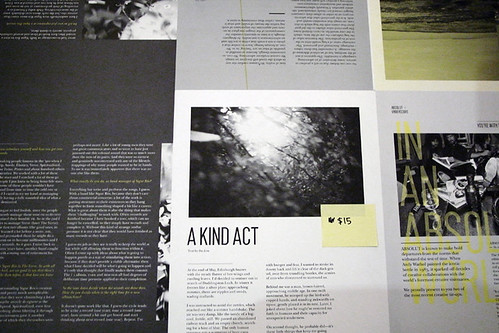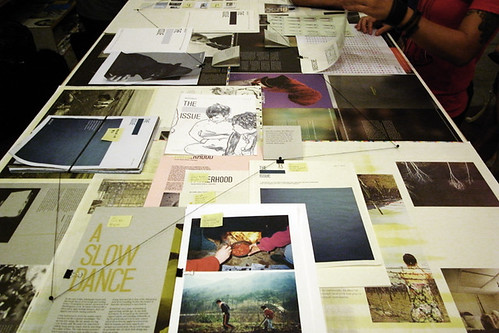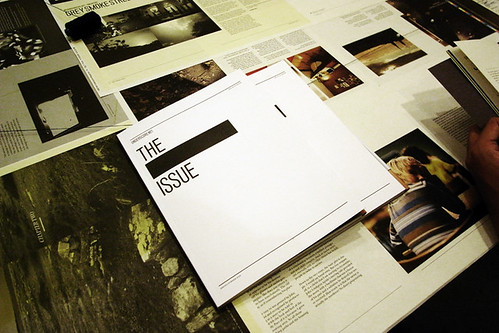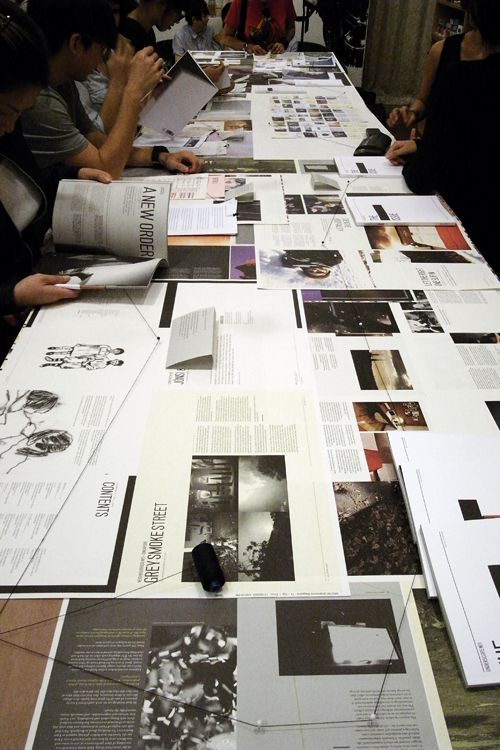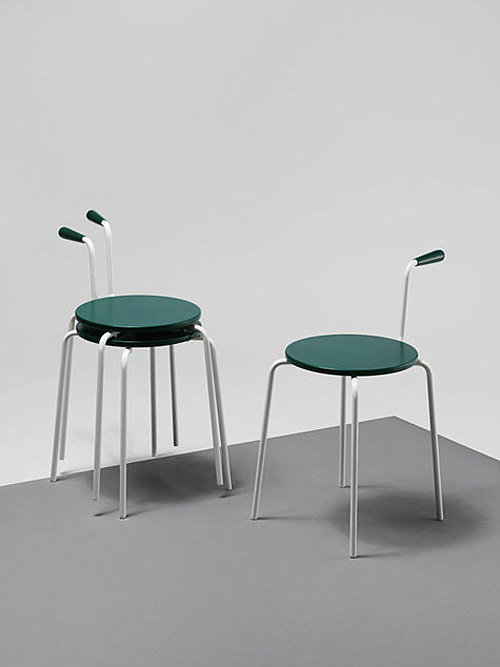
"Daniel Svahn brought the concept of Chinese Whispers to the designing of his Pallarna (Swedish for stools). He took an image of Jacobsen’s ‘Seven’ chair and wrote a description of it without explicitly saying it was a chair. Another designer then sketched a design based on his text. A third designer wrote a text based on that image which was passed to a fourth to draw it. ‘Each step created variations and produced a final design that I might not have come up with myself,’ says Svahn. ‘The shape took off based on different interpretations so it was an intensely shared process.’ "It would be interesting if he had also made the chair that was sketched by the second designer and placed them along side the Jacobsen 7 series chair which was the starting point. The design process plays on the idea of multiple (mis)interpretation and using the limitations of text into an exploratory tool, which in itself is intriguing, but in this case, the execution might have been more provocative if the concept was pushed a little further by repeating the steps a few more times, resulting in a more drastic departure from the original, perhaps letting it transform into another type of furniture or even into something outside the realm of a functional object.
wallpaper graduate directory 2010
daniel svahn
wallpaper graduate directory

